A Room Full of Information

“I write entirely to find out what I’m thinking, what I’m looking at, what I see and what it means. What I want and what I fear. When I talk about pictures in my mind I am talking, quite specifically, about images that shimmer around the edges…You just lie low and let them develop. You stay quiet. You don’t talk to many people and you keep your nervous system from shorting out and you try to locate…the grammar in the picture.”
-Joan Didion, 1980

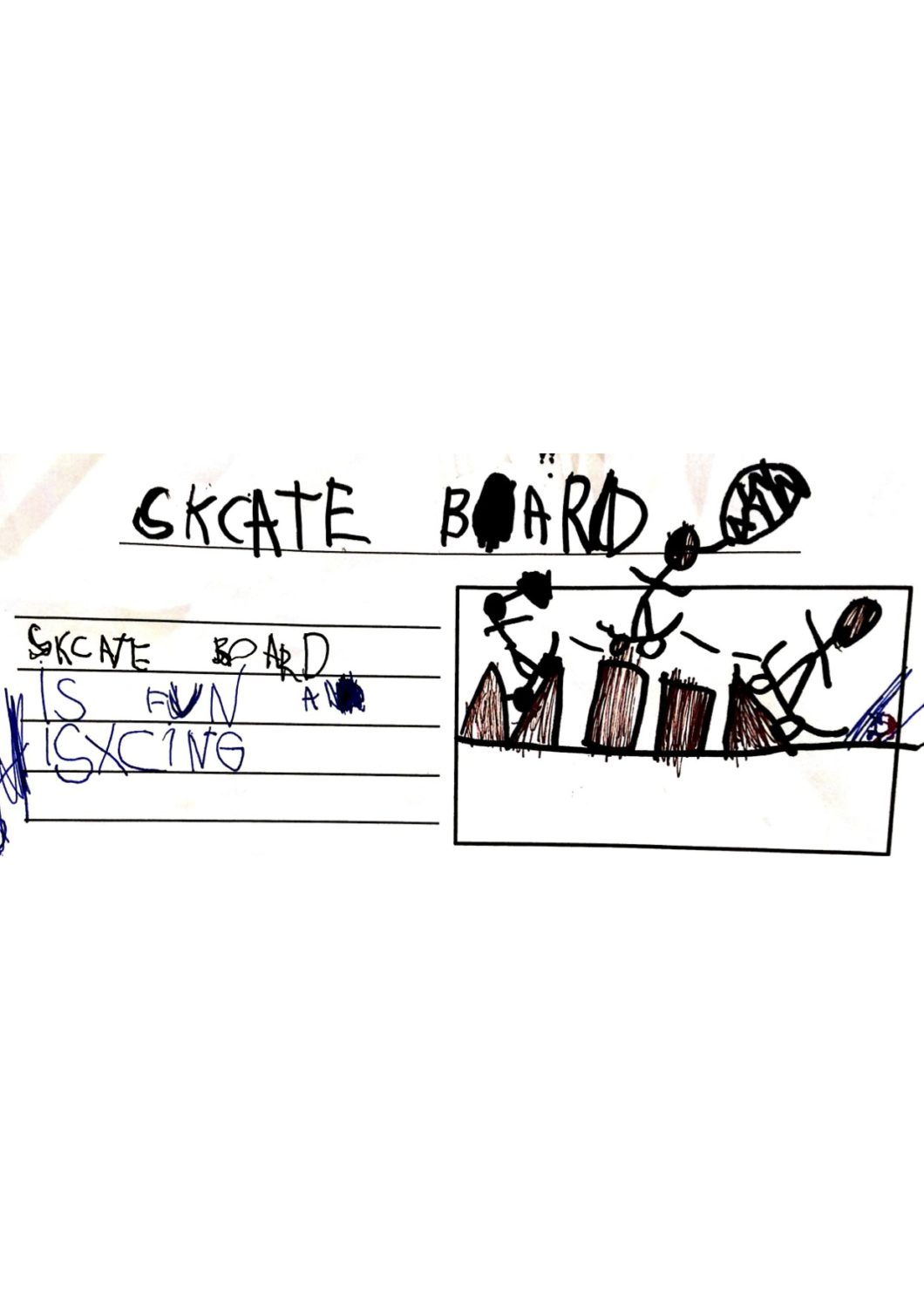
As authors and writers, we write for many reasons and those reasons reveal themselves early on in our writing lives. In school, especially in the younger grades, our writing and literacy begins with a more narrative and fictional form and structure. We write like the texts that we more often read, which are mostly stories, and most of our beginning writings are the transferring of real and imaginary experiences from ourselves to paper.

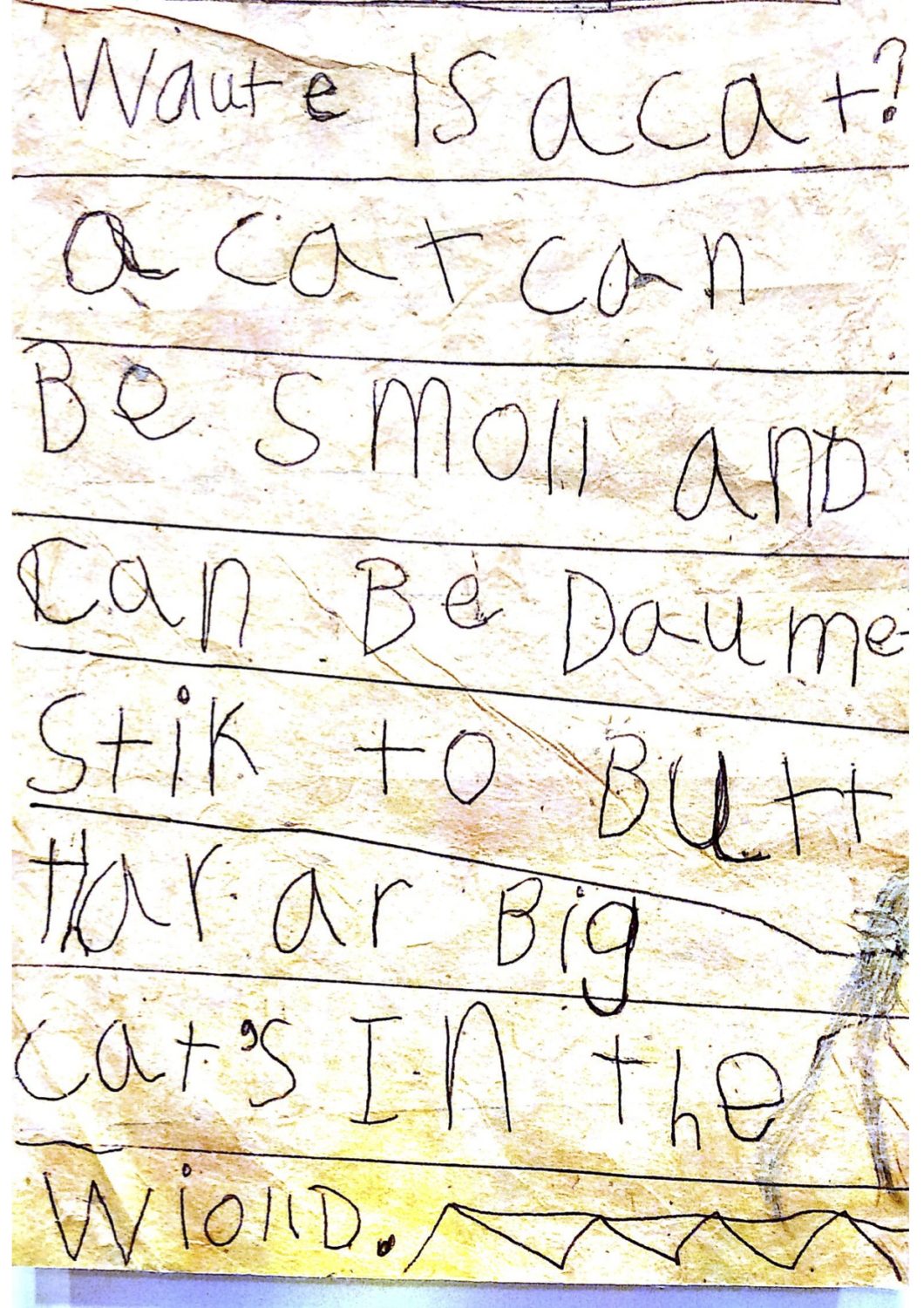
Even though narrative and fiction are heavy in our literacy rotation in the primary grades, it is obviously not the only text that is visible in the children’s lives. Text lives everywhere and holds a variety of information that we all need as learners, students, community members, and citizens of the world. In all the years that the children have been here in the world, they have been surrounded by information in form of letters, signs, directions, menus, advertisements, posters, newspapers, magazines, books, e-mails, web pages, text messages, recipes, and so on. They learn pretty early on that one reason to write is to disperse information and, in turn, one reason to read is to gain or obtain information.

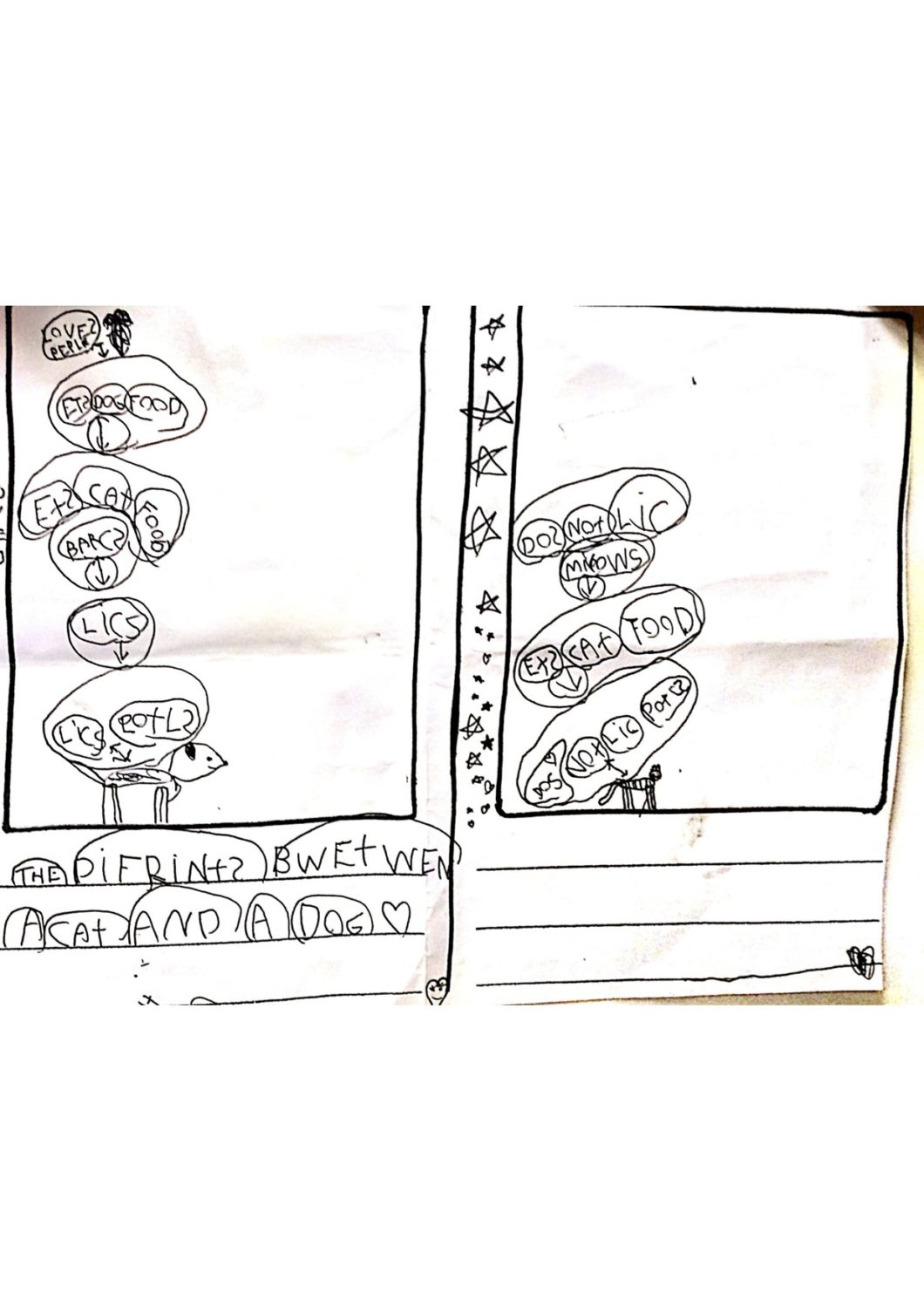
As writers and readers of the world, first and second grade authors are steeped in their journey into thinking about, creating, editing, revising, and dispersing the information that they know and wish to share with others. Non-fiction is a popular genre among children of this age. Therefore, immersing ourselves in the world of non-fiction writing served as a perfect way to find our voice as non-fictions authors and writers. In our community of writers, we house experts of many topics such as, but not limited to, ironclads, American Girl Dolls, pets, animals, skateboarding, ourselves and drawing! The children were excited to try on these topics and challenge themselves as they worked on how they would, as authors, writers, illustrators, and makers, share the important information with others.
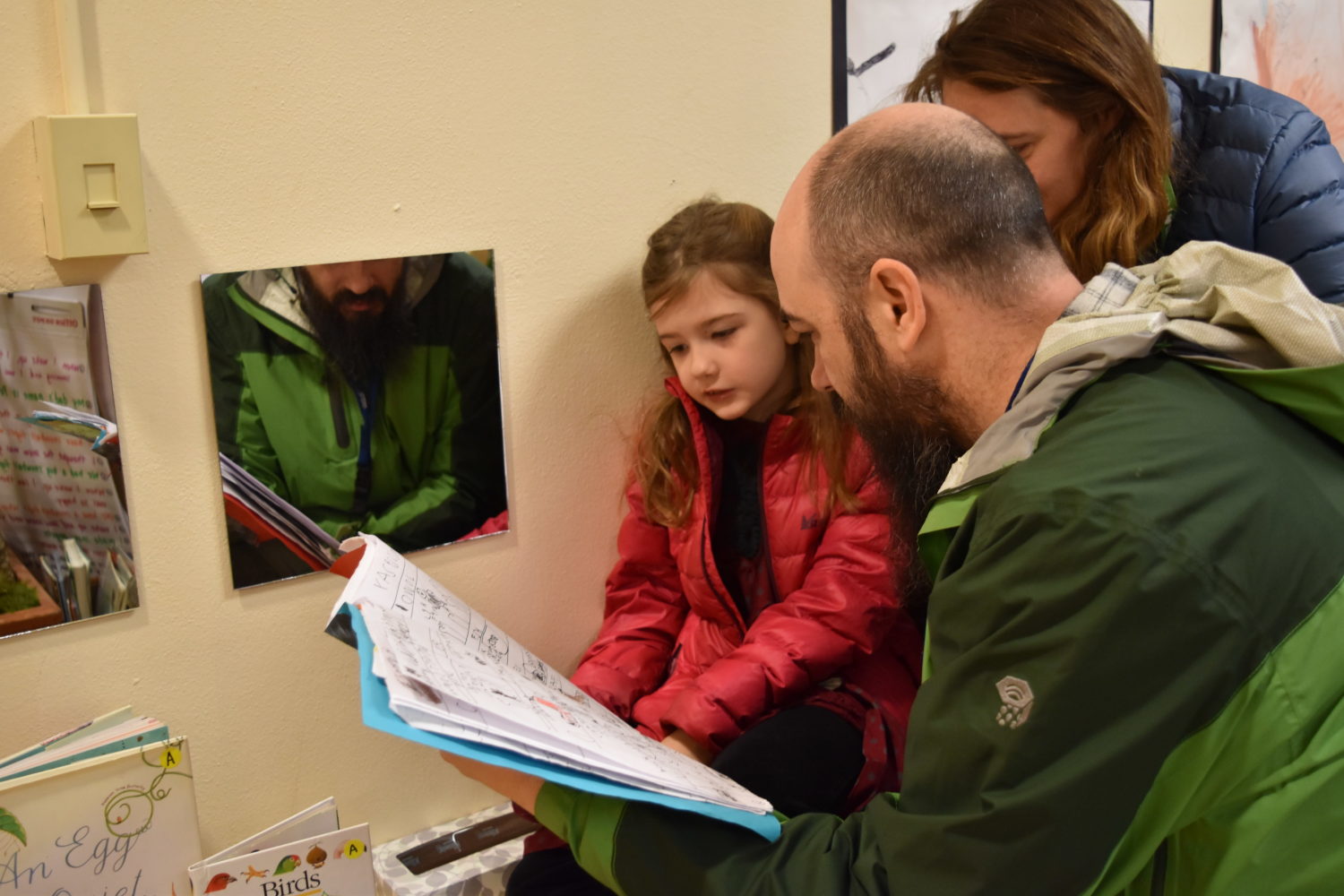
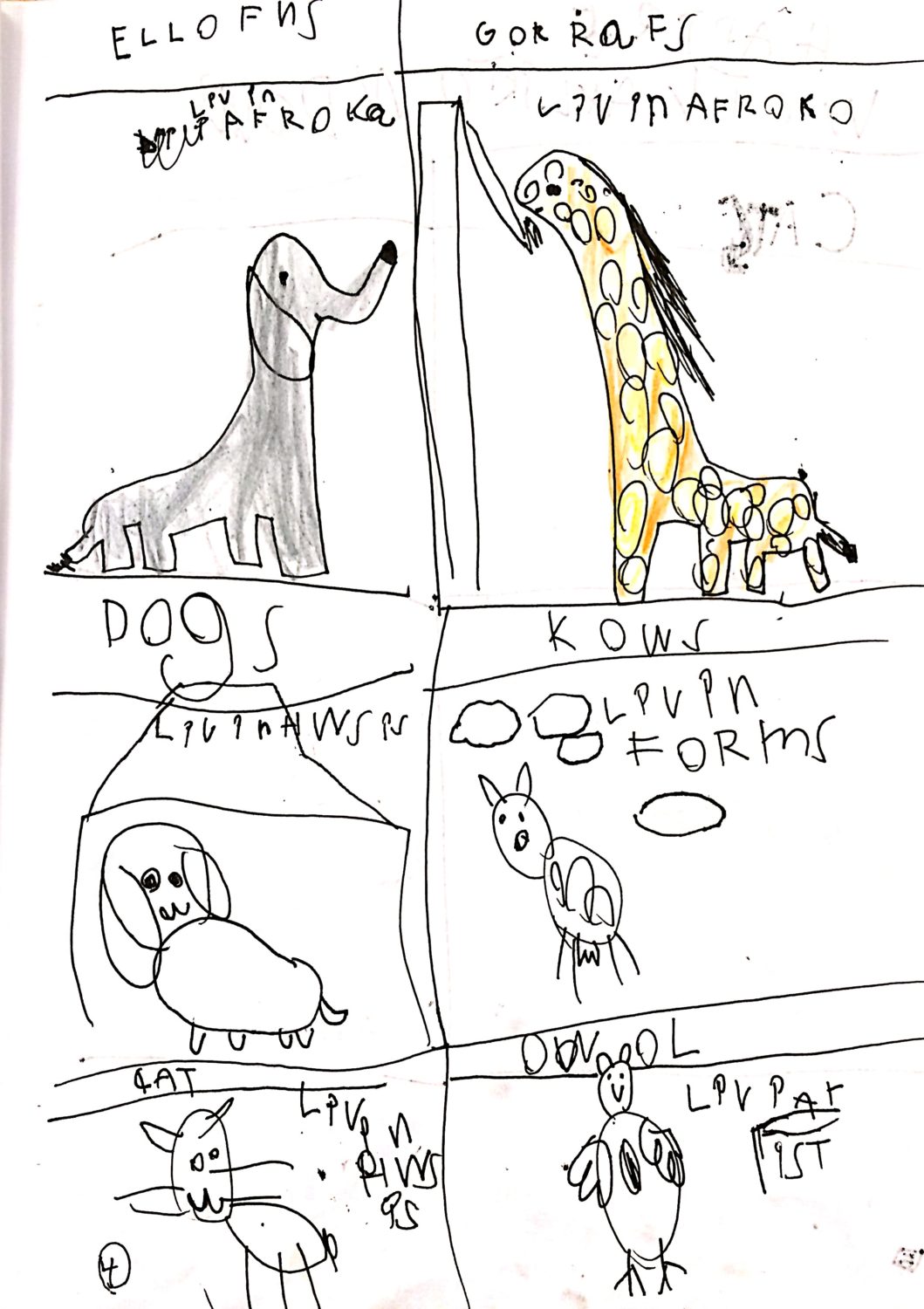
When we are able to share our knowledge and information with readers, we are opening up and giving them a window into our interests, thoughts, humor, personality, and many other important parts of who we are! Writing “All About” books about the subject of their choice is a way for these young authors to illustrate to the reader about the things they find important and what they care about, as well as the facts that they deem interesting enough to write about and share. As they write and illustrate the facts and important aspects of their topic, they are also able to add themselves among the pictures and words. Thus, so much is included in each picture and word. The children are not only giving us information about their specific topic, they are able to also share bits of themselves.
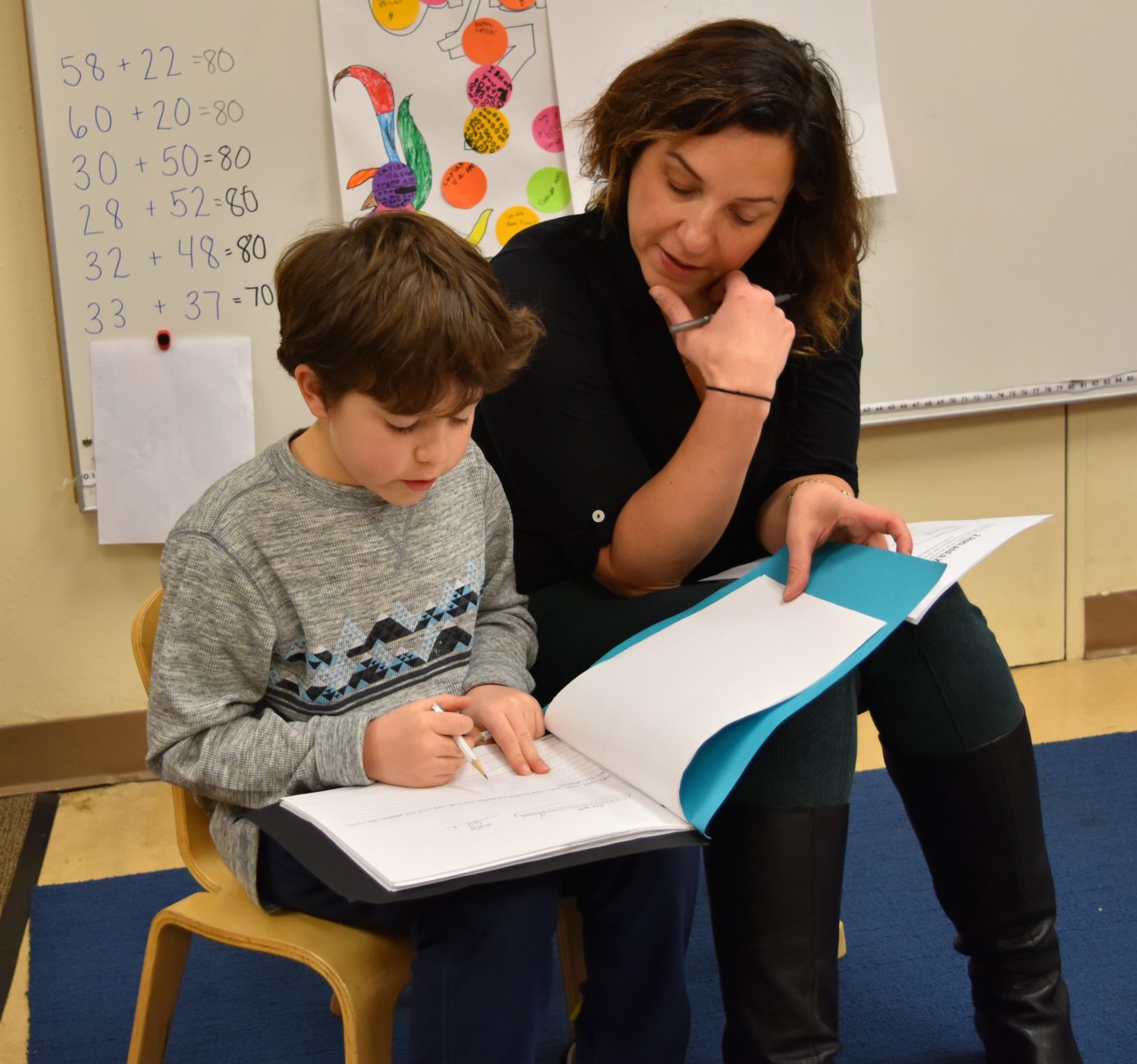
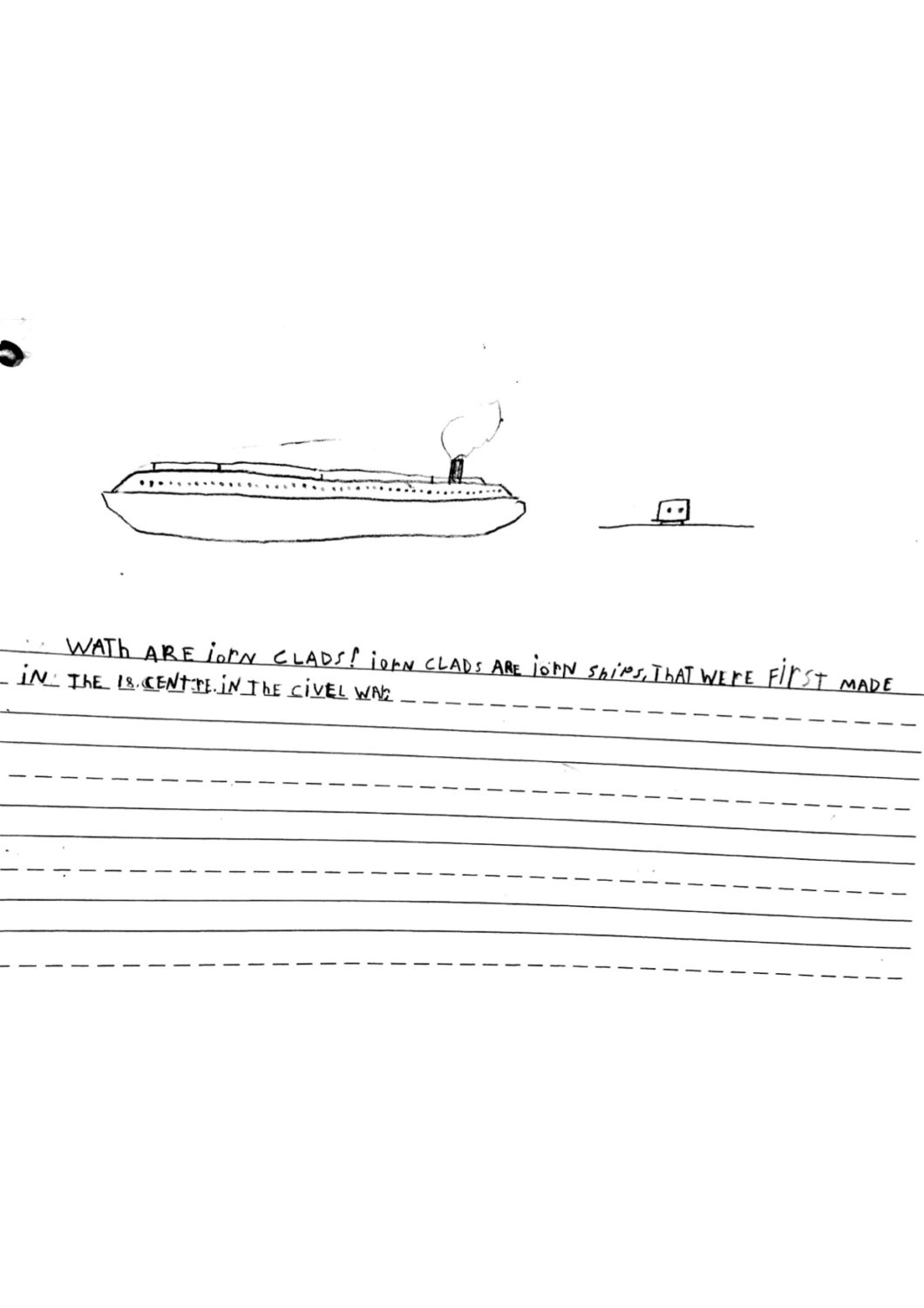
We wonder:
How do you support your students as writers of information and their interests?
How do you invite authors and writers to share who they are through writing and publication?
What are some ways you honor children’s excitement and reason for writing?

I love this blend of reading the world and reading the child – the child is reading the world all the time and what absorbs comes up in bits and pieces in her or his writing and then we get to “read the child” through his or her writing. They have so much to show us.